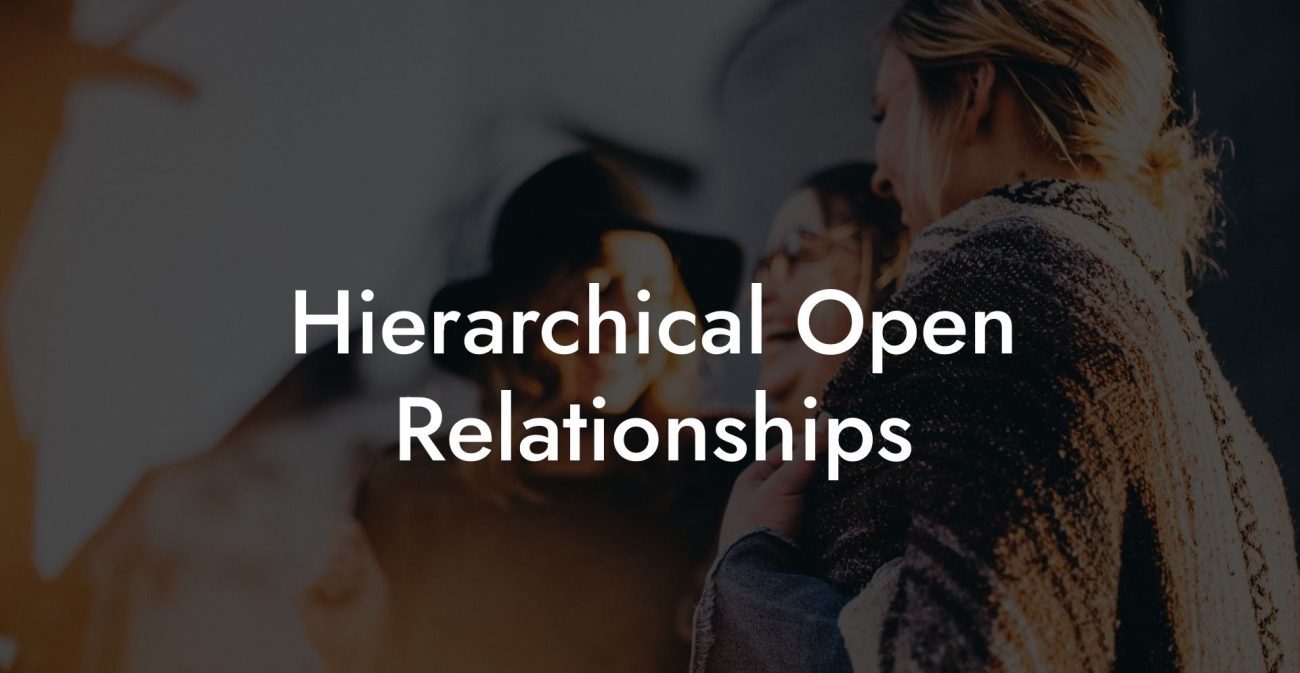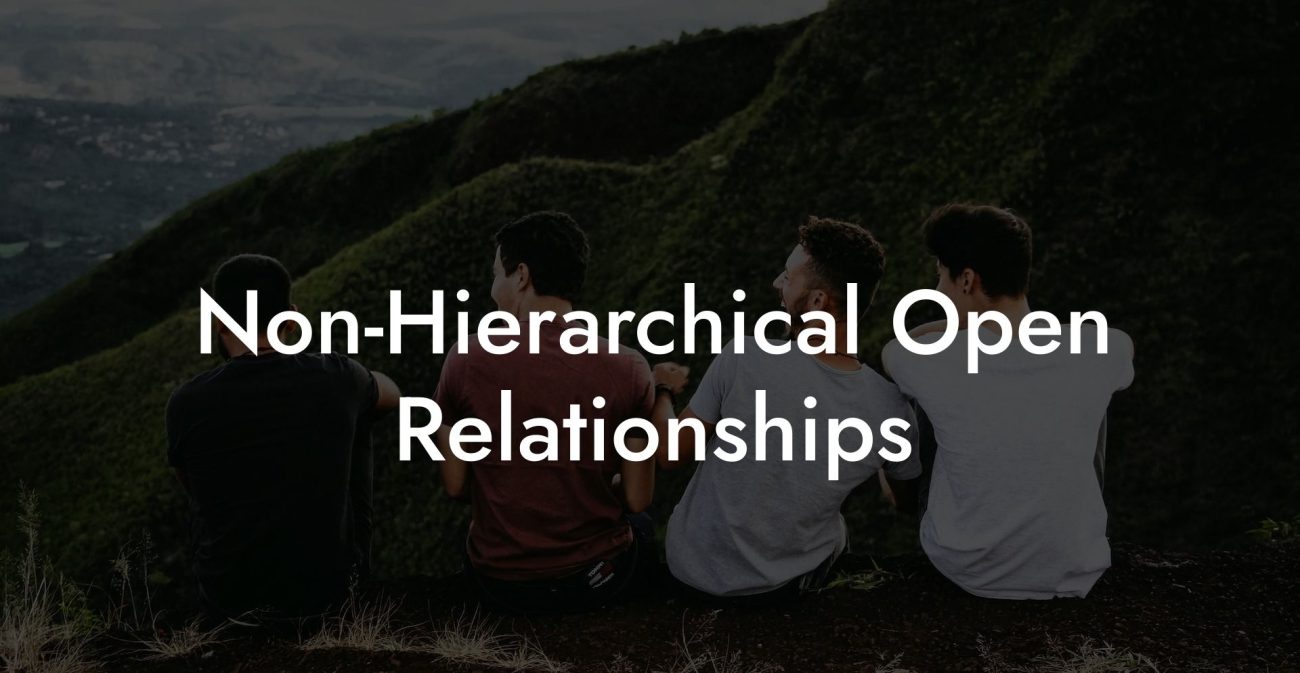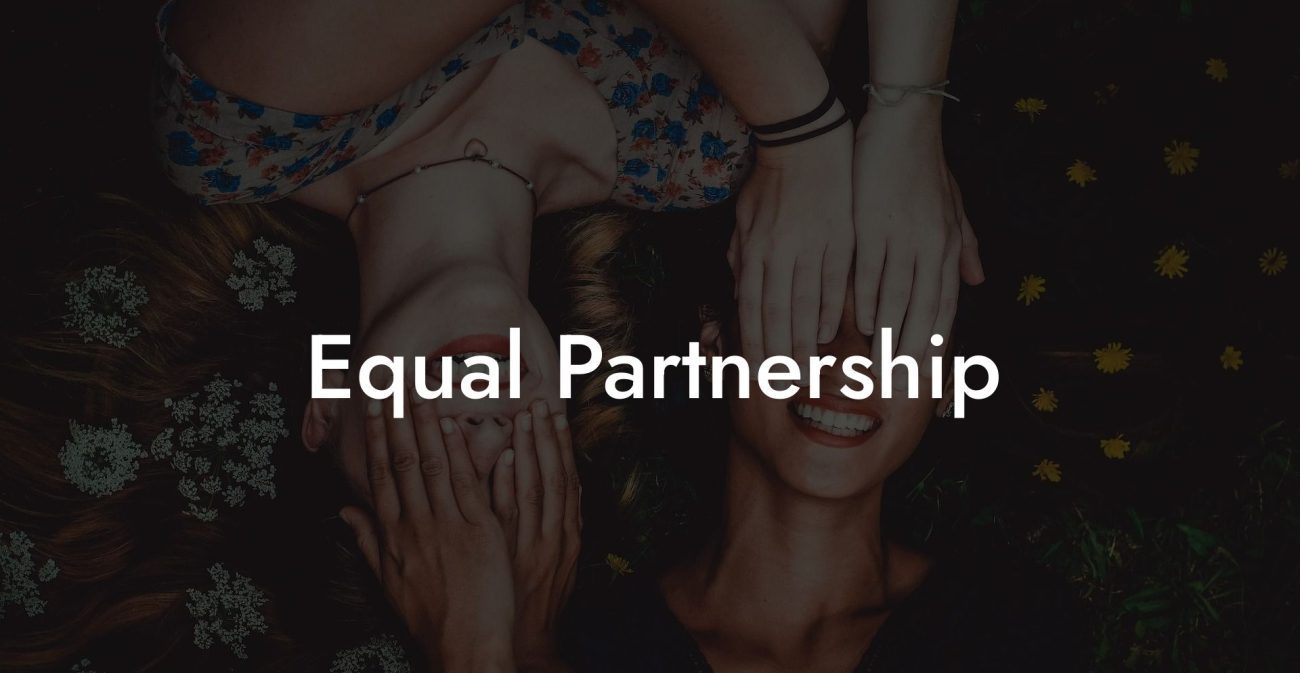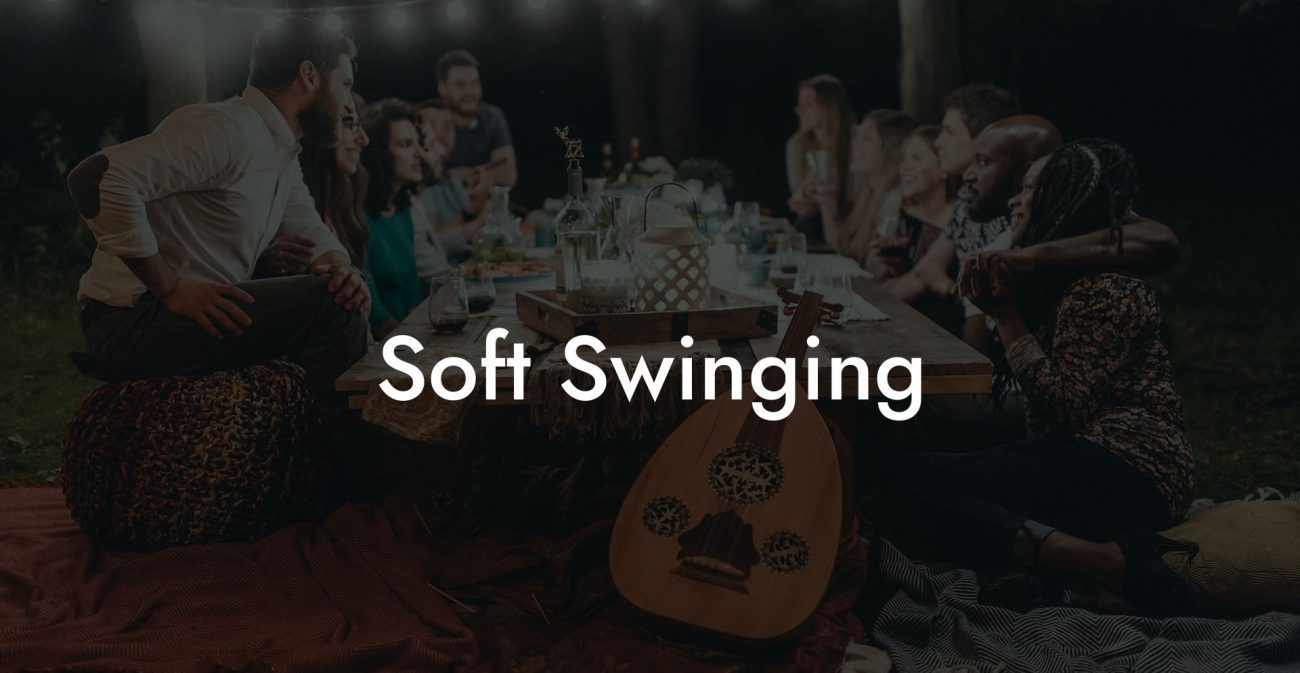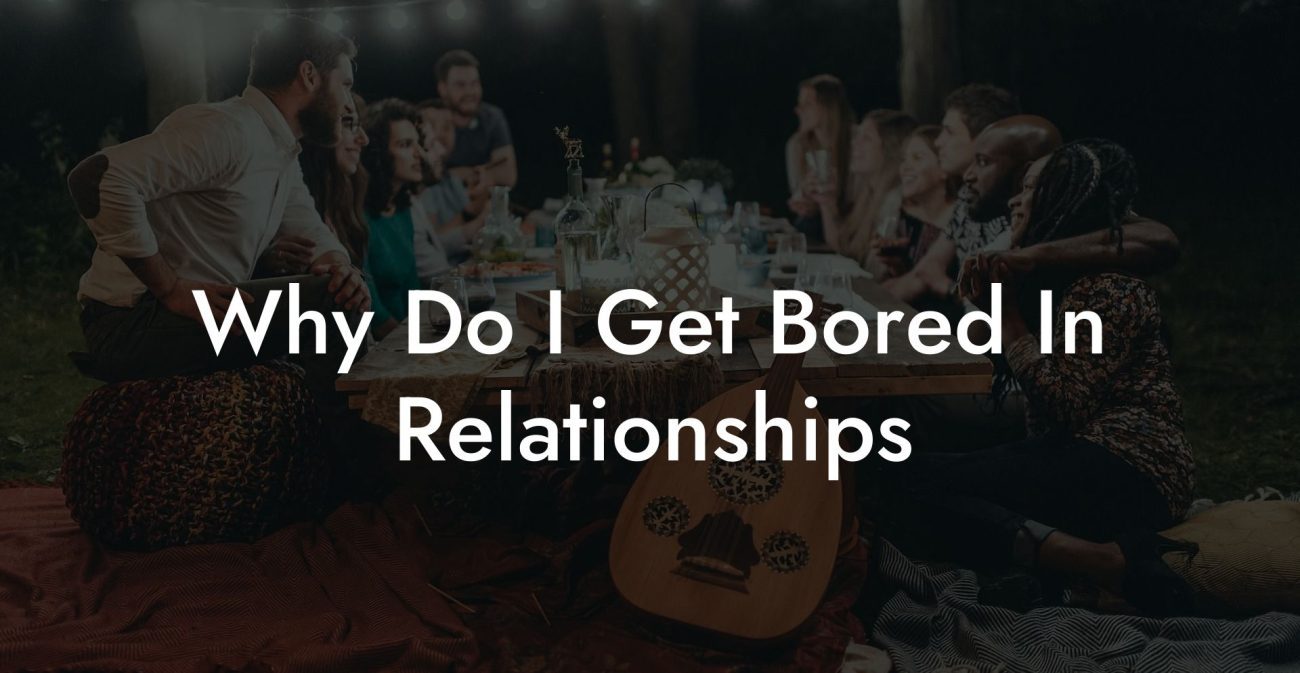Polyamory vs Swinging: Key Differences

While both polyamory and swinging fall under the broader category of non-monogamous lifestyles, they differ significantly in terms of structure, emotional depth, communication styles, and overall purpose. This guide will provide you with clear definitions, historical context, and practical strategies to help you understand the key differences between polyamorous relationships and swinging lifestyles.
Quick Links to Useful Sections
- Understanding Polyamory
- Definition and Core Principles
- Historical and Cultural Context of Polyamory
- Understanding Swinging
- Definition and Core Concepts
- Historical and Cultural Context of Swinging
- Key Differences Between Polyamory and Swinging
- Relationship Structure and Commitment
- Emotional Depth and Intimacy
- Communication and Negotiation
- Purpose and Focus
- Legal and Social Recognition
- Benefits and Challenges
- Benefits of Polyamory
- Challenges of Polyamory
- Benefits of Swinging
- Challenges of Swinging
- Practical Strategies for Success
- For Polyamorous Relationships
- For Swinging Couples
- FAQ: Your Polyamory vs Swinging: Key Differences Questions Answered
Understanding Polyamory
Definition and Core Principles
Polyamory is the practice of engaging in multiple consensual romantic or sexual relationships simultaneously, with every partner aware of and agreeing to the arrangement. The term is derived from the Greek word “poly,” meaning many, and the Latin “amor,” meaning love. Polyamorous relationships are based on the belief that love is abundant and that individuals can form deep, meaningful connections with more than one person at a time.
The core principles of polyamory include:
- Consensual Non-Monogamy: All partners know about and consent to the existence of multiple relationships.
- Transparent Communication: Open, honest dialogue is essential to negotiate boundaries, share emotions, and ensure that everyone’s needs are met.
- Flexibility and Fluidity: Polyamorous arrangements can be structured in various ways, whether hierarchical (with designated primary and secondary partners) or non-hierarchical (with all relationships treated equally).
- Trust, Mutual Respect and Autonomy: Each partner’s individuality is valued, and personal growth is encouraged within the framework of shared intimacy.
- Emotional Depth: Polyamory often involves forming deep, long-term emotional bonds with multiple partners, fostering a network of support and diverse perspectives on love.
Historical and Cultural Context of Polyamory
Although the modern term “polyamory” is relatively new, the practice of engaging in multiple romantic relationships is not. Throughout history, various cultures have embraced forms of non-monogamy that prioritized communal bonds and extended kinship networks. Today, polyamory is gaining wider acceptance, particularly in progressive communities where personal freedom, inclusivity, and honest communication are highly valued.
Understanding Swinging
Definition and Core Concepts
Swinging is a consensual non-monogamous lifestyle where couples, or sometimes individuals, engage in sexual activities with others, either together or separately, while maintaining their primary relationship. The focus in swinging is primarily on sexual exploration and variety rather than forming multiple deep emotional bonds.
Key concepts in swinging include:
- Mutual Consent and Transparency: All participants are fully aware of the arrangement and agree to participate.
- Sexual Exploration: The primary goal is to experience sexual variety, often in a social or club setting.
- Temporary and Recreational Encounters: Unlike polyamory, swinging typically involves temporary, recreational sexual encounters rather than forming ongoing romantic relationships.
- Focus on the Couple: In swinging, the primary couple remains central, with external sexual experiences serving to enhance their sexual life rather than replace emotional intimacy.
Historical and Cultural Context of Swinging
Swinging emerged prominently in the mid-20th century, particularly in Western societies, as couples sought to explore sexual freedom without compromising their primary relationship. It gained visibility through swinger clubs, parties, and online communities. Culturally, swinging is often seen as a way for couples to challenge traditional sexual norms and inject novelty into their relationship.
While swinging is primarily focused on sexual variety, it is built on similar principles of consent and open communication as other forms of non-monogamy. However, it generally lacks the emphasis on deep emotional bonding found in polyamorous relationships.
Key Differences Between Polyamory and Swinging
Relationship Structure and Commitment
Polyamory: In polyamorous relationships, individuals cultivate multiple romantic or sexual bonds that often involve a significant emotional component. These relationships can be structured hierarchically or non-hierarchically, with an emphasis on forming long-term, meaningful connections.
Swinging: Swinging is primarily focused on sexual encounters and exploration, with couples engaging in external sexual activities while maintaining a primary emotional and romantic bond between themselves. The connections outside the core relationship are generally more casual and temporary.
Emotional Depth and Intimacy
Polyamory: Places a high value on emotional intimacy and deep, ongoing connections with multiple partners. Participants in polyamorous relationships often seek not just sexual variety, but also the emotional fulfillment that comes from sustained, meaningful relationships.
Swinging: Typically prioritizes sexual excitement and novelty over emotional bonding with external partners. While the primary couple may have a strong emotional connection, interactions with others are usually recreational and do not involve the same level of emotional investment.
Communication and Negotiation
Polyamory: Requires extensive, multi-directional communication among all partners. Continuous negotiation of boundaries, feelings, and expectations is essential to manage the complexity of multiple intimate connections.
Swinging: Involves focused communication primarily between the couple to set rules and boundaries for sexual encounters with others. The level of communication regarding external partners is typically less intensive since these interactions are more transient.
Purpose and Focus
Polyamory: Emphasizes the creation of multiple, meaningful emotional and romantic connections. It is driven by the belief that love and intimacy can be shared in various ways and that each relationship can contribute uniquely to one’s emotional well-being.
Swinging: Focuses on sexual exploration and variety, allowing couples to experiment with different experiences without the expectation of forming deep emotional bonds with external partners. The primary goal is to enhance sexual excitement while preserving the core relationship.
Legal and Social Recognition
Polyamory: Although polyamorous relationships are increasingly recognized in progressive communities, they generally lack formal legal recognition. This can lead to challenges in areas like inheritance and custody, though many participants build strong community support networks.
Swinging: Swinging is not typically pursued as a legally binding relationship model; instead, it is viewed as a lifestyle choice for sexual exploration. Because it usually occurs within the framework of a monogamous couple, it benefits from the legal recognition and social support provided to the primary relationship.
Benefits and Challenges
Benefits of Polyamory
- Diverse Emotional Support: Multiple relationships can provide varied perspectives and forms of care, enriching the overall emotional landscape.
- Personal Growth: Navigating complex relationships fosters improved communication skills, self-awareness, and emotional intelligence.
- Flexibility: Polyamory allows for customized relationship structures that can adapt to changing personal needs and desires.
Challenges of Polyamory
- Complex Emotional Dynamics: Balancing multiple deep connections requires advanced communication and negotiation skills to manage emotions like jealousy and insecurity.
- Time Management: Dividing attention among several partners can be demanding and may lead to feelings of neglect if not managed properly.
- Social Stigma: Polyamorous relationships may face misunderstanding or prejudice from those who adhere to traditional monogamous norms.
Benefits of Swinging
- Sexual Variety: Swinging provides opportunities to explore different sexual experiences and fantasies while maintaining a stable primary relationship.
- Enhanced Excitement: The occasional novelty of external sexual encounters can reinvigorate a couple's sex life and strengthen their bond.
- Focused Primary Bond: Since swinging is typically practiced by couples who have a strong primary relationship, it allows for sexual exploration without disrupting emotional intimacy.
Challenges of Swinging
- Managing Jealousy: Even when boundaries are clearly defined, feelings of jealousy can arise and must be managed through effective communication.
- Maintaining Primary Focus: There is a risk that external sexual encounters might interfere with the core emotional connection of the primary couple if not handled carefully.
- Social Perceptions: Swinging can sometimes be misunderstood or stigmatized by those who favor traditional relationship models.
Practical Strategies for Success
For Polyamorous Relationships
- Enhance Communication: Schedule regular check-ins with all partners to discuss feelings, expectations, and boundaries.
- Negotiate Clear Agreements: Develop written or digital agreements outlining the roles, responsibilities, and limits within each relationship.
- Invest in Self-Awareness: Practice mindfulness and consider counseling to manage complex emotions and improve your emotional intelligence.
- Utilize Digital Tools: Leverage shared calendars and communication apps to coordinate schedules and maintain transparency among all partners.
For Swinging Couples
- Focus on the Primary Bond: Prioritize the emotional and romantic connection between the couple by setting aside dedicated time for one-on-one interactions.
- Set and Enforce Boundaries: Clearly define what types of external encounters are acceptable and regularly revisit these rules to ensure they remain effective.
- Regular Communication: Hold frequent discussions to share feelings, address any emerging issues, and adjust boundaries as necessary.
- Plan for Aftercare: Ensure that both partners have time to reconnect and reflect after external encounters, reinforcing their primary bond.
FAQ: Your Polyamory vs Swinging: Key Differences Questions Answered
1. What is polyamory?
Polyamory is the practice of maintaining multiple consensual romantic or sexual relationships simultaneously, with an emphasis on emotional depth, transparency, and mutual consent.
2. What is swinging?
Swinging is a lifestyle where couples engage in sexual activities with others outside their primary relationship, typically focusing on sexual variety rather than forming long-term romantic bonds.
3. How do commitment levels differ between polyamory and swinging?
In polyamory, individuals form multiple deep, emotionally meaningful connections that may be structured hierarchically or non-hierarchically. Swinging, on the other hand, involves maintaining a strong primary relationship while engaging in more casual, often temporary sexual encounters.
4. What are the communication requirements for each model?
Polyamorous relationships require extensive, multi-directional communication among all partners to negotiate boundaries and manage emotions. Swinging primarily involves focused communication between the primary couple regarding rules and expectations for external encounters.
5. What legal and social recognition exists for polyamory and swinging?
Neither polyamorous relationships nor swinging arrangements are typically recognized by legal institutions in the same way as monogamous marriages. However, swinging tends to receive greater social acceptance because it centers on a primary couple, whereas polyamory is often viewed as a more complex lifestyle.
6. What are the main emotional challenges in each model?
Polyamory may involve complex emotional dynamics such as managing jealousy and balancing multiple intimate connections, while swinging primarily challenges couples to maintain their primary bond amidst external sexual encounters.
7. Where can I find additional resources on these topics?
Additional resources include books such as "The Ethical Slut" by Dossie Easton & Janet Hardy and "More Than Two" by Franklin Veaux & Eve Rickert, podcasts like "Multiamory" and "Polyamory Weekly," and online communities such as r/polyamory.
Resources and Community Support: Your Next Steps
- "The Ethical Slut" by Dossie Easton & Janet Hardy – A seminal book on ethical non-monogamy that provides insights into various relationship models, including polyamory and swinging.
- "More Than Two" by Franklin Veaux & Eve Rickert – An in-depth guide offering practical advice on managing relationship dynamics in multiple non-monogamous contexts.
- Podcasts: Listen to "Multiamory" and "Polyamory Weekly" for engaging discussions and personal stories about navigating diverse relationship models.
- Online Communities: Join forums such as r/polyamory to exchange ideas, experiences, and receive support.
- Workshops and Webinars: Attend events focused on relationship psychology and ethical non-monogamy to expand your knowledge and connect with like-minded individuals.
By exploring these resources and applying the strategies outlined in this guide, you can develop a clear and informed understanding of the key differences between polyamorous and open relationships. Embrace continuous learning, open dialogue, and self-reflection as you navigate the diverse landscape of consensual non-monogamy and build relationships that resonate with your personal values.
Lost & confused by all of the terms, types and seemingly made up 3 letter acronyms?? We've got you. Check out our Ethnical Non-Monogamy Dictionary >>
Useful Interruption: Not sure which relationship vibe fits you best? Take our Relationship Test, it’ll give you the real insight into your natural relationship style. Then, dive into our binge-worthy guides (from the tried-and-true to the “wait, that’s a thing?”) and find the perfect relationship type for your life:
- Monogamy
- Open Relationships
- Ethical Non-Monogamy
- Solo Polyamory
- Non-Hierarchical Polyamory
- Hierarchical Polyamory
- Relationship Anarchy
- Swinging
Now back to the main article but yeah take the test...

